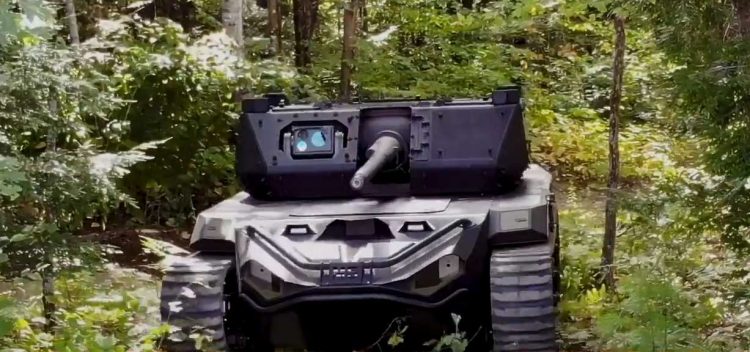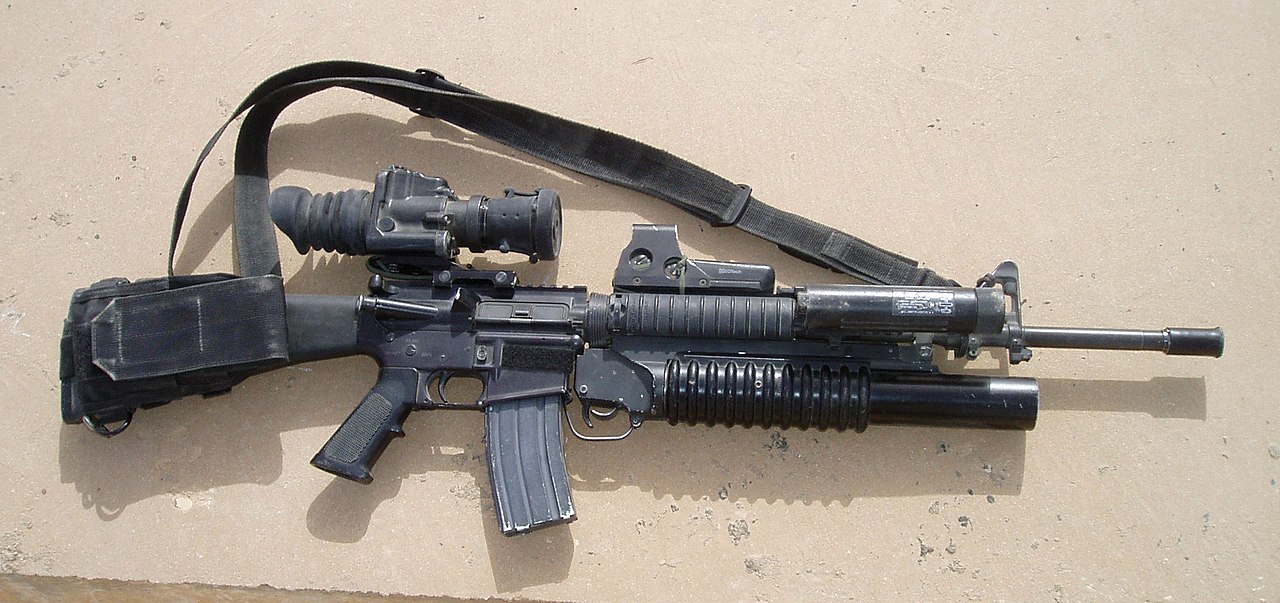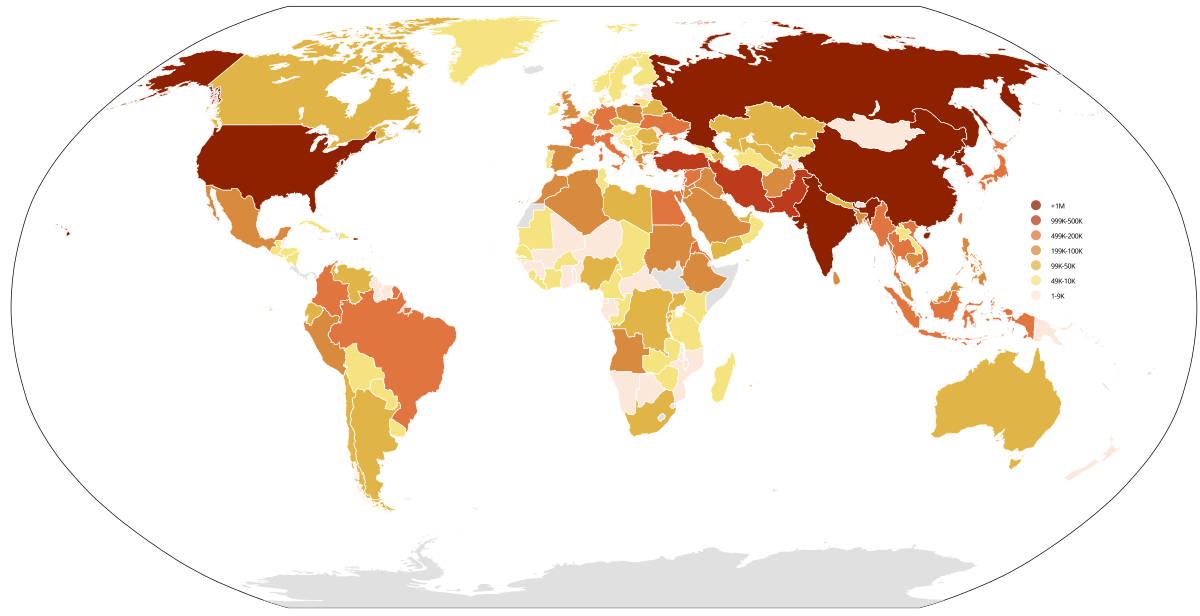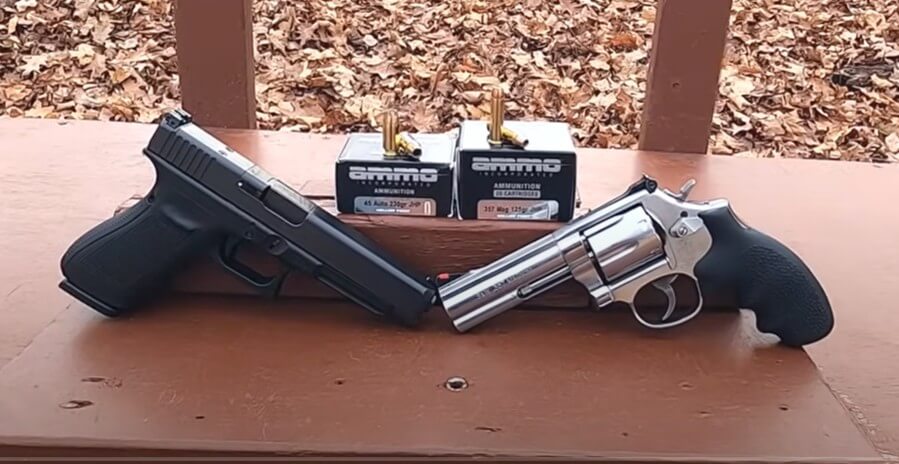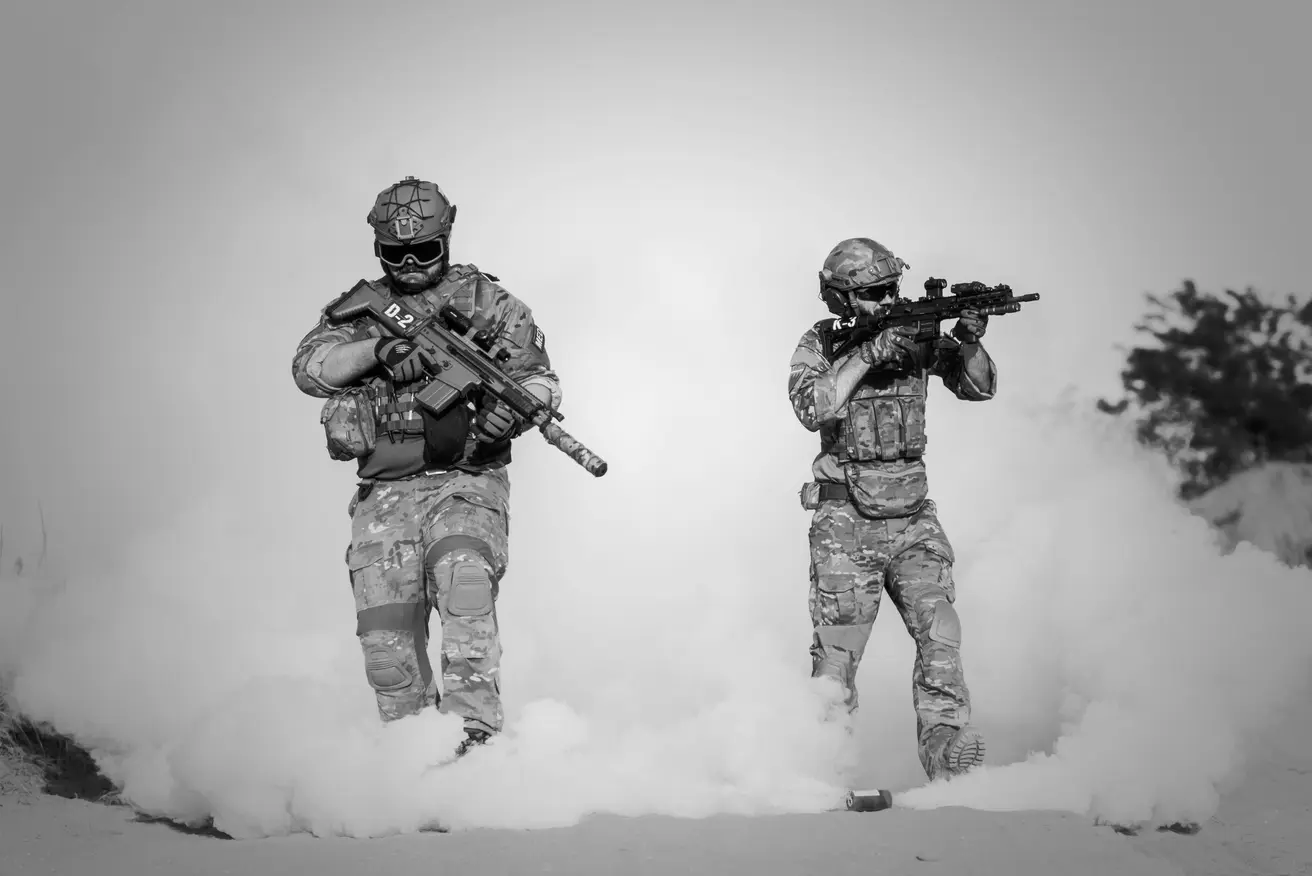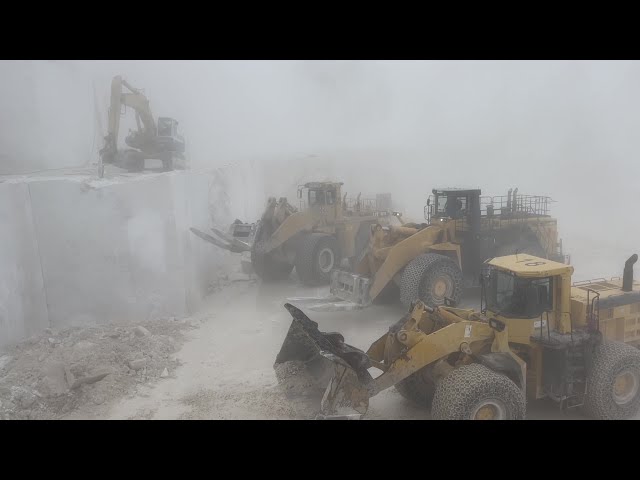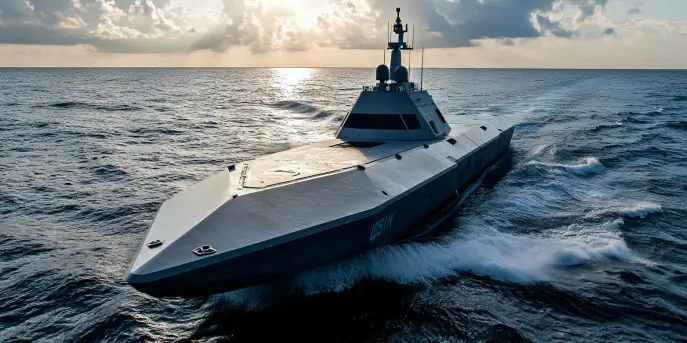The Ripsaw M5: A New Era in Military Robotics
The Ripsaw M5 represents a significant leap forward in robotic warfare and is a centerpiece of the U.S. Army’s Robotic Combat Vehicle (RCV) program. Developed by Textron Systems in collaboration with Howe & Howe Technologies, the Ripsaw M5 is designed to enhance battlefield effectiveness while keeping soldiers out of harm’s way. This unmanned vehicle combines advanced robotics with state-of-the-art technology, offering unparalleled versatility and operational capability.
Key Features and Capabilities
The Ripsaw M5 is packed with features that make it a formidable asset on the modern battlefield. Here are some of its primary features:
- Unmanned Operations: Capable of remote control and autonomy, reducing the need for on-site personnel and minimizing risk.
- Modular Design: The M5 is designed with a modular approach, allowing for quick integration of different payloads, from weapons systems to reconnaissance modules.
- Enhanced Mobility: Its advanced track system ensures the vehicle can traverse a wide variety of terrains, from deserts to urban environments, with ease.
- Situational Awareness: Equipped with advanced sensors and cameras, the Ripsaw M5 can gather intelligence and provide real-time battlefield data to commanders.
Technical Specifications
| Specification | Details |
|---|---|
| Weight | Approximately 10 tons |
| Top Speed | Up to 60 mph (97 km/h) |
| Range | Up to 300 miles (483 km) |
| Payload Capacity | Several tons depending on configuration |
Operational Advantages
The integration of the Ripsaw M5 into the U.S. Army’s RCV program comes with several tactical advantages. Its ability to operate in hazardous or hard-to-reach areas, such as those with chemical or nuclear threats, allows for flexibility and improved strategic positioning. The cost-effectiveness of robotic systems like the M5 lowers long-term expenses, reducing the necessity for extensive logistical support.
Strategic Implementation and Deployment
Deploying the Ripsaw M5 aligns with the Army’s modernization strategy, aiming to equip troops with the latest technology and maintain battlefield superiority. Testing and evaluations continue to refine the M5’s capabilities, ensuring it meets the rigorous demands of modern warfare.
The M5 is currently being integrated into training exercises, focusing on interoperability with existing systems and personnel. These exercises are critical for developing tactics and ensuring that soldiers can effectively collaborate with unmanned systems.
Challenges and Considerations
While the Ripsaw M5 brings numerous benefits, its deployment is not without challenges. Ensuring the security of communication channels and preventing cyber threats is essential to maintaining operational integrity. The reliance on electronic systems also necessitates robust contingency plans in the event of technology failure or enemy interference.
The Future of Robotic Combat Vehicles
As technology evolves, the role of robotic combat vehicles is expected to grow, with the Ripsaw M5 paving the way for future innovations. The potential for fully autonomous vehicles offers promising opportunities in military strategy and operations, heralding an era where the balance of human and robotic forces operate seamlessly together.
Research and development will likely focus on increasing autonomy, enhancing AI capabilities, and improving the resilience of these vehicles in varied combat scenarios. The Ripsaw M5 serves not only as a potent tool in today’s arsenal but as a stepping stone for the evolution of robotic combat systems.
